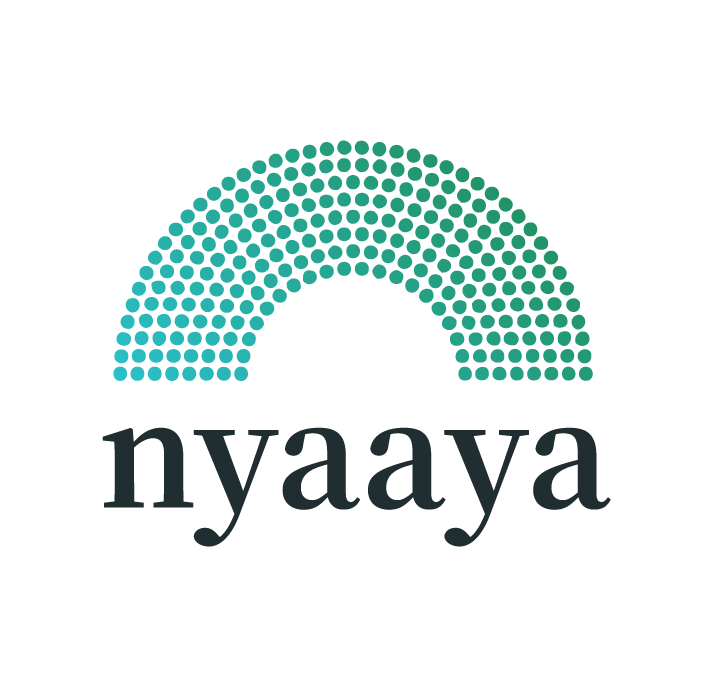India’s shuttle badminton team created history recently by winning the Thomas Cup tournament for the first time. This international badminton championship is played between member nations of the Badminton World Federation.
Did you know that there are rules that govern India’s participation in international sporting events like the Thomas Cup? Let us understand the sports laws in our country better.
What law governs sports and athletic activities in India?
Sports law in India is evolving. There is no single, comprehensive law governing sports in India. The Constitution of India specifically states that sports fall under the jurisdiction of State governments (Entry 33, State List in Schedule VII). In practice, rules formulated by the Sports Authority of India and ‘Sports Law and Welfare Association of India’ apply to the administration of sports.
The following laws and regulations also apply:
- National Sports Policy, 2001 formulated by the Central Government to achieve the twin objectives of “broad-basing” of sports and “achieving excellence in sports at the national and international levels”
- Sports Broadcasting Signals (Mandatory Sharing with Prasar Bharati) Act, 2007
Why are there laws about sports broadcasting?
Domination of sports television by private channels made it necessary for the government to pass the Sports Broadcasting Signals (Mandatory Sharing with Prasar Bharati) Act 2007, or the Sports Act. It aims to provide free access to ‘sporting events of national importance’ to everyone. It mandates all private sports content owners to share their broadcast, without advertisements, to Prasar Bharati, which is the government broadcasting network. They then transmit the event through Doordarshan and All India radio, throughout the country.
This was implemented following the Madras High Court decision in the case of Citizen, Consumer and Civic Action Group & Anr. v. Prasar Bharati & Ors. This 2004 case was filed in the context of India-Pakistan cricket series, to be conducted in Pakistan. Ten Sports acquired the global television and radio broadcasting rights for it. The Indian government faced difficulties in getting terrestrial rights to telecast these matches live. The court, considering the balance of convenience, directed transmission of live footage on Doordarshan by retaining the Ten Sports” logo and honouring the advertisement contracts.
Who regulates individual sports in India?
Individual sporting events are regulated by their respective ‘national sporting federations’. The Union Ministry of Youth Affairs and Sports grants recognition to these federations for promoting and regulating the respective sport in India. If they fail to comply with government directives, the Ministry can withdraw the recognition granted.
For instance, recognition of the Archery Association of India as a ‘National Sporting Federation’ was withdrawn in 2012 for not conducting elections, as mandated by the National Sports Development Code of India 2011. It was restored only in 2020.
What is the legal status of national sporting federations like the Badminton Association of India?
The Central government recognises the National Sporting Federations and they are eligible to receive funding in certain cases.
While such bodies are not considered as governmental bodies, the Supreme Court held that they can be subjected to judicial review under Article 226 of the Constitution, since they discharge ‘public functions’ including selection of national teams, representing India in international sports events and forums, etc.
Has the government taken any steps to ensure transparency in the functioning of these self-governing sports federations?
The Government of India has implemented National Sports Development Code of India 2011 (NSDCI), which contains instructions on democratic and healthy management practices, age and tenure limits of office bearers, holding of elections as per model election guidelines devised by the Government, etc.
Since 2010, the government has made an annual recognition procedure mandatory for such organizations. Only those federations which comply with NSDCI provisions will be granted such recognition every year.
How do sports-related disputes get resolved in India?
There are no designated avenues for sports disputes’ adjudication currently. Though normal court mechanisms can be employed, they are inefficient and slow and do not have the expertise required in these kinds of disputes.
The Court of Arbitration for Sports (CAS) is the supreme international sports dispute resolution body set up in 1983. Following this, the Indian Court of Arbitration for Sports (ICAS) was set up in 2011 for a specialized robust dispute resolution mechanism in sports and related matters.



Leave a Comment